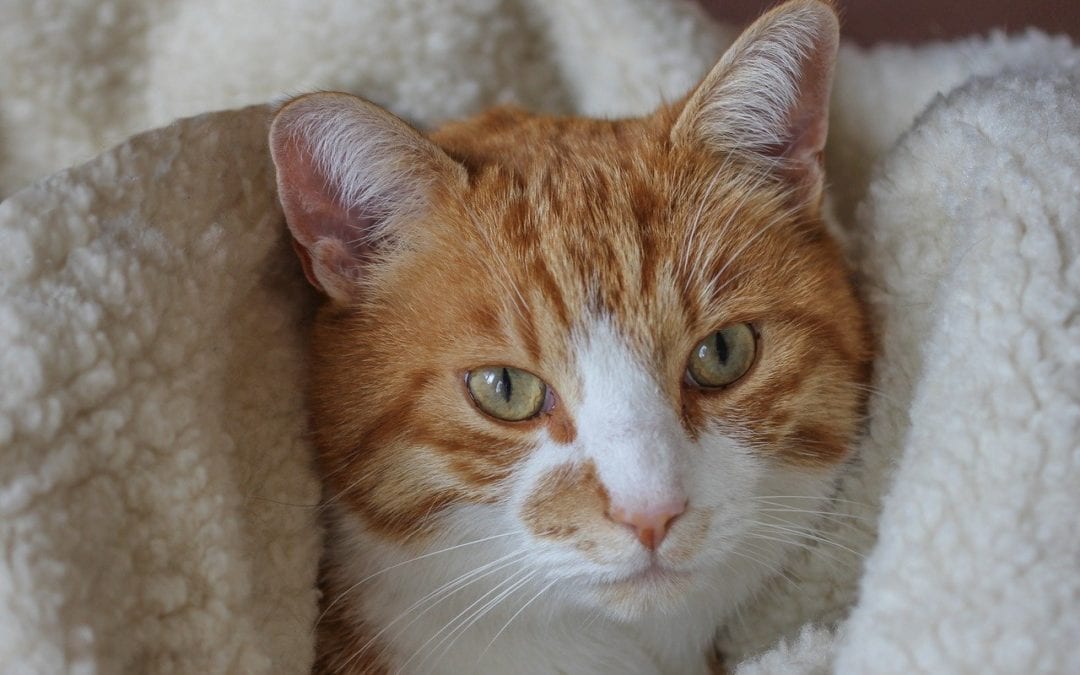Fact or fiction? It might be tricky to decipher which facts about your furry friend on the Internet are true. We want to help debunk five common myths that we frequently encounter about cats and their eyes to help you get to the truth.
Myth: Cats can see in complete darkness.
Truth: While cats are able to see in dimmer light conditions than we can, they are not able to see in complete darkness. Compared to humans, a cat’s pupils grow much larger in dim light which gives them their greater ability to see when it’s dark out.
Myth: Cats can see farther away than humans.
Truth: This is not true! On average, humans can clearly see things that are about 100 feet away whereas cats can only clearly see things that are about 20 feet away. Cats lack a muscle in their eyes that humans have which would change the shape of their lens and give them an ability to have a sharper vision. Although cats are unable to see things farther away than humans can, felines are experts at seeing and reacting to fast-moving objects like their prey.
Myth: Cats are colorblind.
Truth: Cats do not see colors the same way that humans do, but this does not mean they are colorblind. They can actually see some colors! There have been studies that show that a cat’s vision is limited to blues and grays or that they see less saturation and richness of the colors humans see.
Myth: A blue eyed kitten will grow up to have blue eyes.
Truth: A kitten may have gorgeous, bright blue eyes, but as they grow older the eye color may change. This can be due to the increased production of melanin as the kitten grows between 4 and 10 weeks old. The melanin can trigger the eye color change in your feline, which is commonly seen when they are about 8 weeks old. Importantly, color change in adult cats nearly always signifies disease like uveitis or melanoma.
Myth: Cats have eyes that glow in the dark.
Truth: This is actually partially true. Cats (along with many other animals) have a highly reflective area at the back of their eyes, which makes their eyes appear to glow in the dark. This reflective surface is referred to as the tapetum lucidum. When light hits the eye, it can take multiple routes. The light can either directly hit the retina, go around the retina and hit the tapetum lucidum, or it bounces off the tapetum lucidum and bounces out of the cat’s eyes to create this glowing appearance.
We’re always here to help you get to the truth about your pet’s eyes! If you have any questions about what your pets are seeing, please contact us.

